


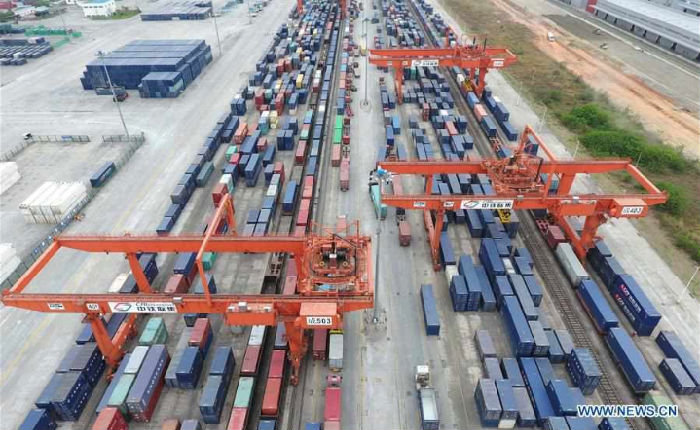
Photo taken on April 20, 2017 shows Chengdu railway container center station in the Qingbaijiang railway port of China (Sichuan) pilot free trade zone in Chengdu, southwest China's Sichuan Province. China has released an overall plan about the country's new western sea-land transportation channel to deepen the sea-land two-way opening-up and the development of western China, according to the National Development and Reform Commission. The plan covers the period from 2019 to 2025 with an outlook extended to 2035. (Xinhua/Xue Yubin)
BEIJING, Aug. 15
The new western sea-land transportation channel is located in the hinterlands of the western regions, connecting the Silk Road Economic Belt from the north, the 21st Century Maritime Silk Road from the south and the Yangtze River economic belt.
According to the plan, the new western sea-land transportation channel is strategically positioned to support the country's western regions in participating in international economic cooperation and promote the deep integration of transportation, logistics and the economy.
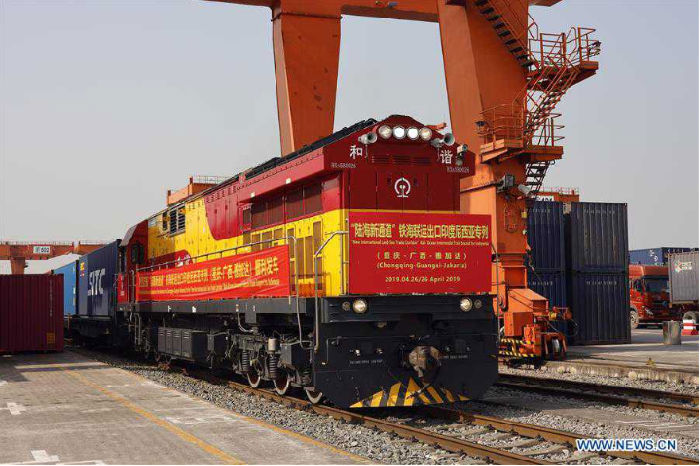
Photo taken on April 26, 2019 shows the first "new international land-sea trade corridor" rail-ocean intermodal train bound for Indonesia in southwest China's Chongqing.
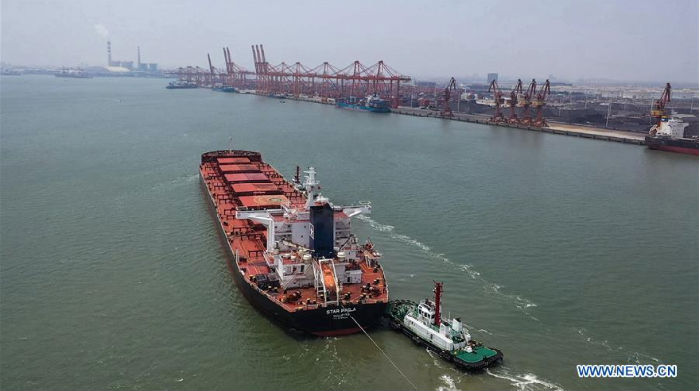
Photo taken on May 22, 2019 shows a cargo ship preparing to dock at the Qinzhou Bonded Port Area in Qinzhou, south China's Guangxi Zhuang Autonomous Region.
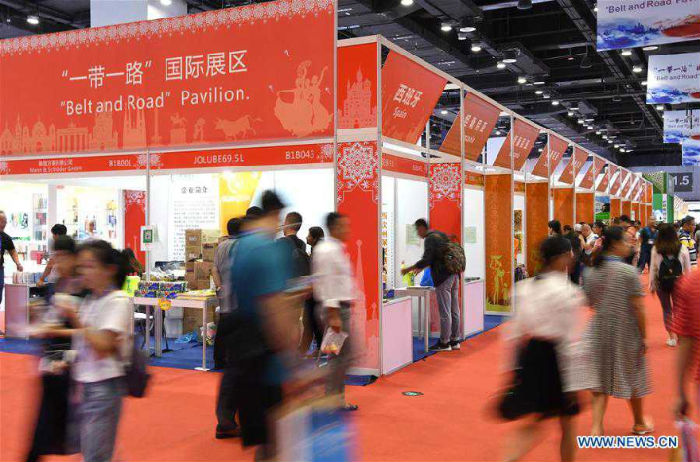
People visit "Belt and Road" Pavilion at the 15th China-ASEAN Expo in Nanning City, south China's Guangxi Zhuang Autonomous Region, Sept. 13, 2018.
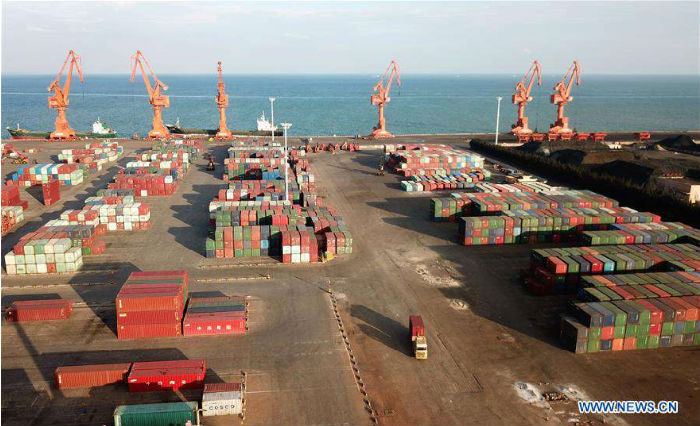
Aerial photo taken on Sept. 26, 2018 shows Tieshan port in Beihai, south China's Guangxi Zhuang Autonomous Region.
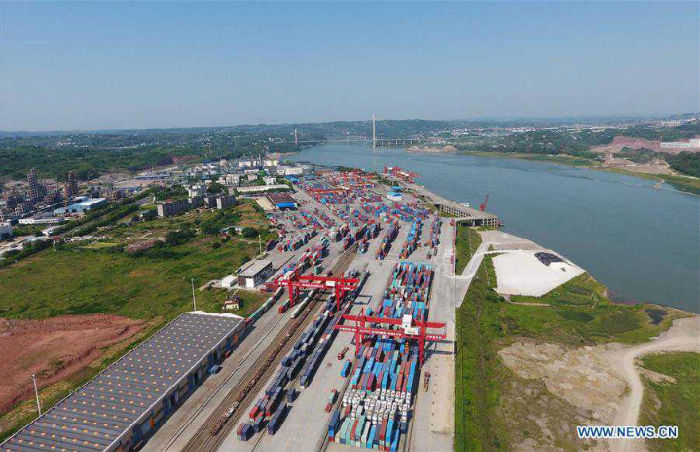
Photo taken on May 17, 2017 shows Luzhou port of China (Sichuan) pilot free trade zone in southwest China's Sichuan Province. China has released an overall plan about the country's new western sea-land transportation channel to deepen the sea-land two-way opening-up and the development of western China, according to the National Development and Reform Commission. The plan covers the period from 2019 to 2025 with an outlook extended to 2035. (Xinhua/Xue Yubin)